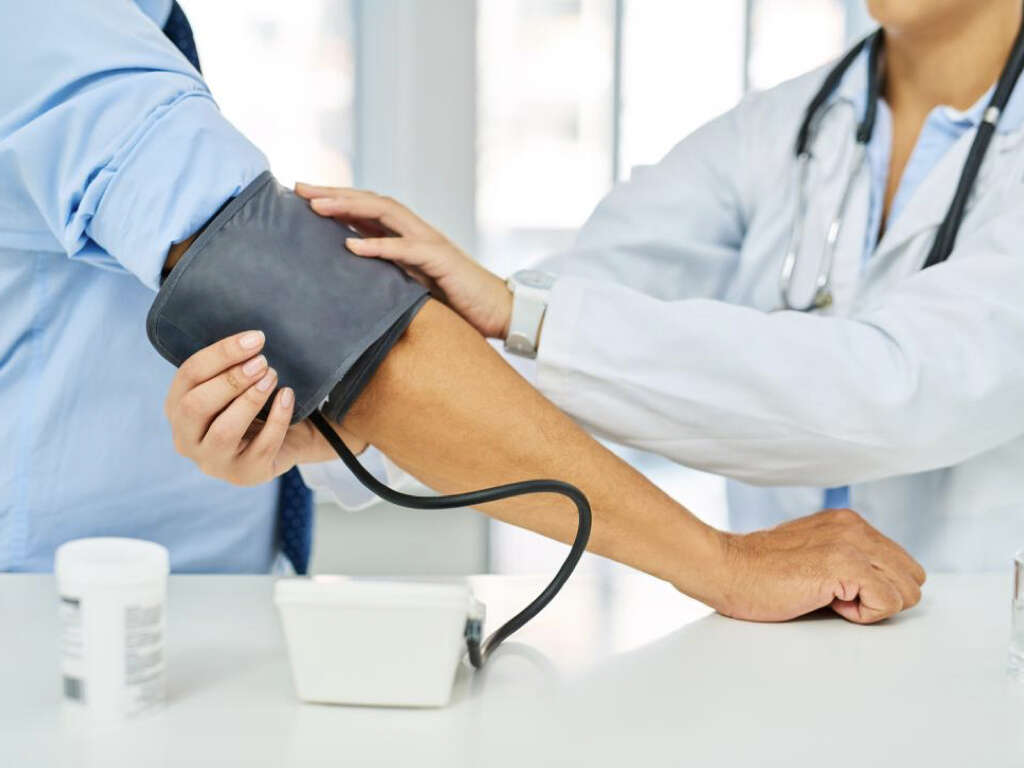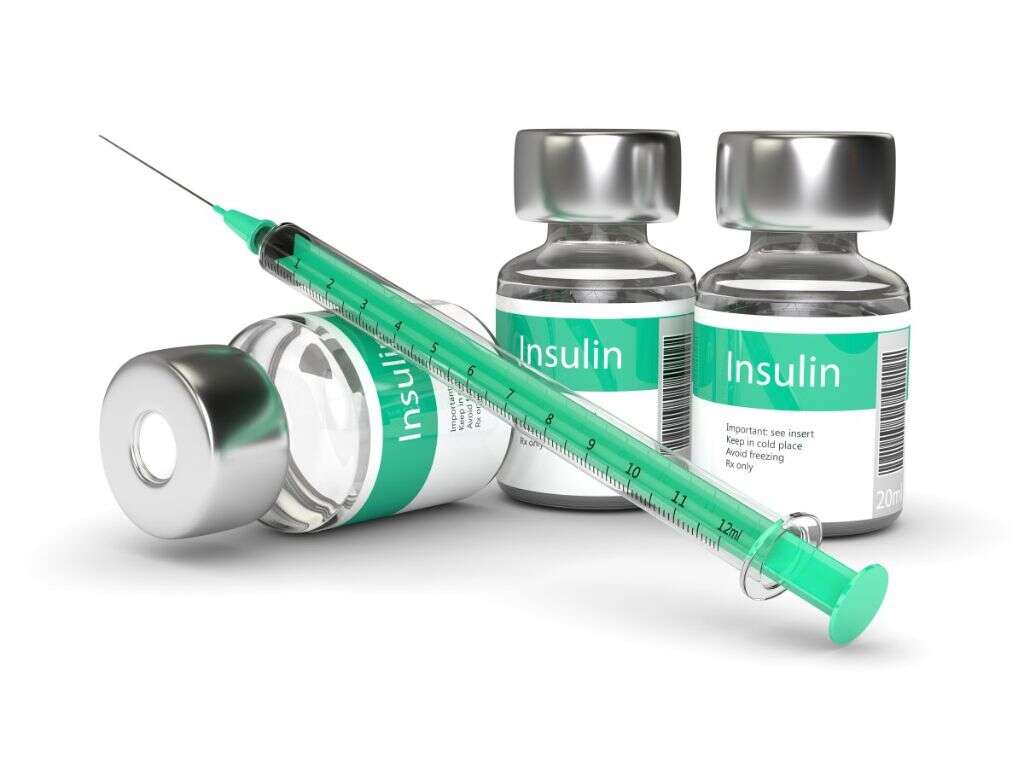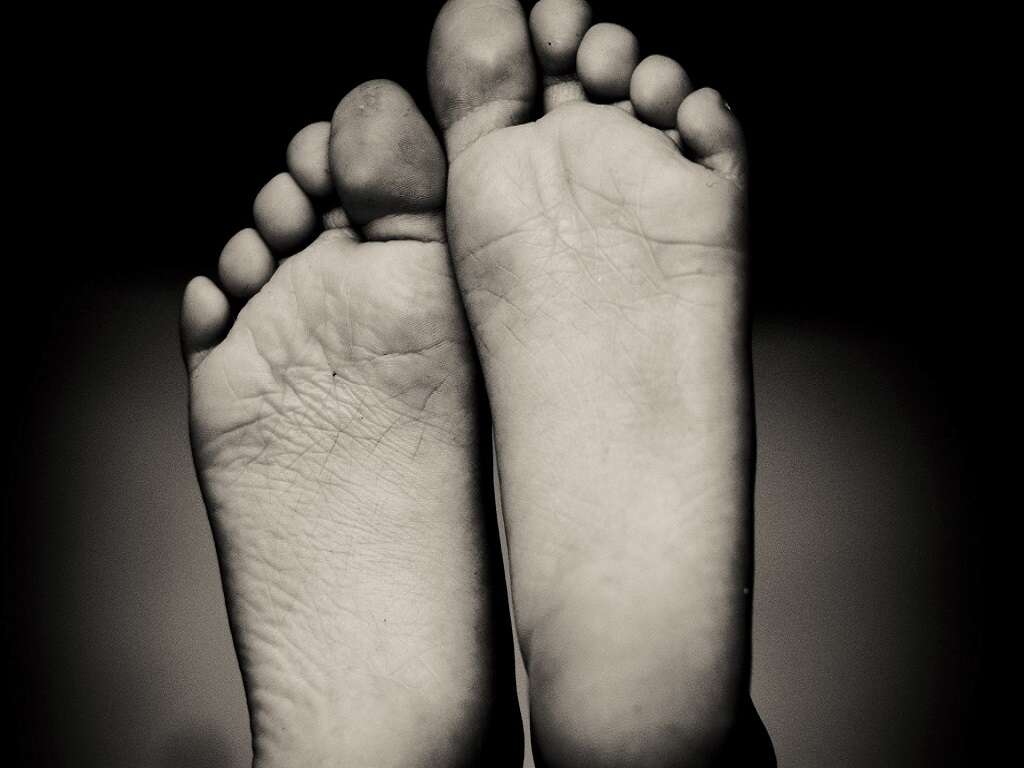10 Diabetes Symptoms
Diabetes is a condition in which body cells do not get adequate glucose to metabolize into energy. It affects more than 400 million people globally1https://www.diabetesresearch.org/what-is-diabetes. Diabetes can exhibit itself as low energy levels and if left untreated can cause health complications like eye damage, blindness, nerve damage, coma and even death.
There are two main types of diabetes; type 1 diabetes, and type 2 diabetes. Type 1 affects children and young adults, while type 2 mainly affects adults. If you have one or more of the following 10 diabetes symptoms, consider going for a test.
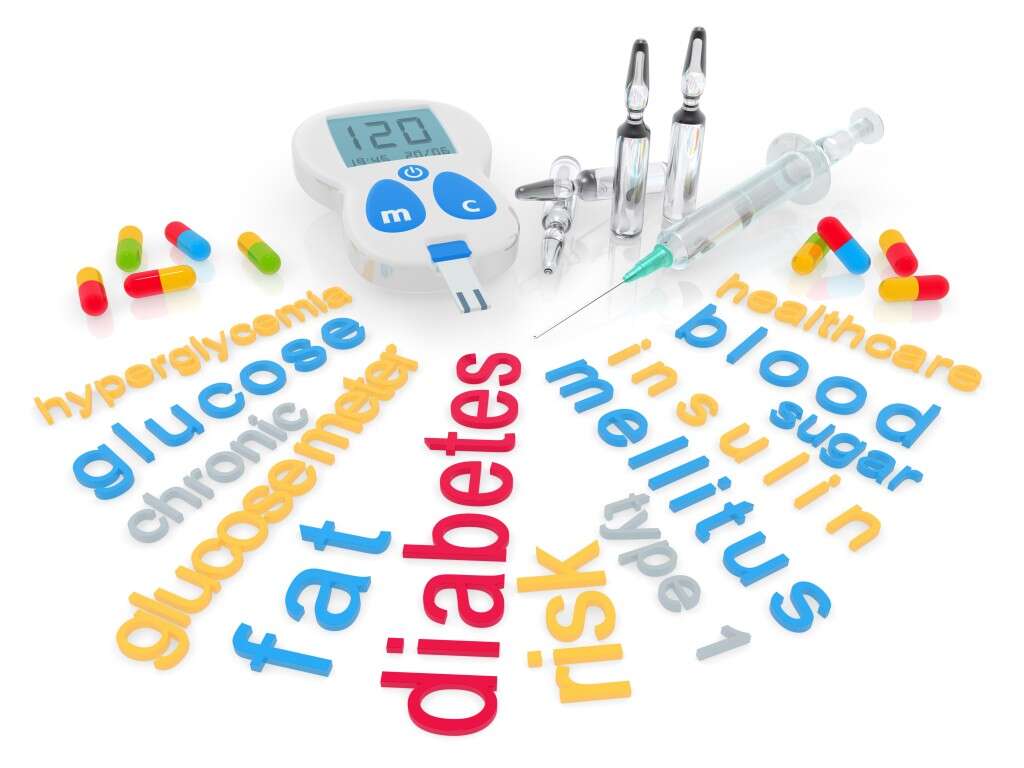
Symptom #1: Frequent Urination & Excessive Thirst
If you frequently feel the need to go to the bathroom, it is possible that you have diabetes. Frequent urination or polyuria, is a common symptom of diabetes. This should, however, be differentiated from the occasional frequent urination occasioned by excessive intake of fluids like alcohol. Polyuria associated with diabetes is a continuous condition that is not strictly dependent on the amounts of liquid that you take. Besides, the condition will stick with you into the night, requiring you to make several visits to the bathroom.
Frequent urination is caused by the overactive kidneys trying to rid the body of excess sugar in blood. But as you urinate more, your body tends to get dehydrated. To replace the fluid, you experience excessive thirst. The combination of frequent urination and excessive thirst is an indication that you could be having diabetes.

Symptom #2: Increased Hunger
Excessive hunger also called polyphagia that occurs although you haven’t skipped meals counts among the main diabetes symptoms.
While you may eat food that should provide your body with adequate amounts of glucose for energy production, in the absence of adequate insulin, the glucose cannot get into your body cells. This leads to lack of energy which the body translates to a need for food, hence the excessive hunger. However, because the more food you eat, the more the sugar in your bloodstream without a change in the sugar entering cells, the hunger will remain. If you experience excessive hunger that won’t go away even after you eat, you need to consult a doctor for a diabetes test without delay.

Symptom #3: Fatigue
As mentioned earlier, when you have diabetes, your cells do not get enough glucose to break down for energy production. As a result, your body may only have energy for the more essential organ functions like heart beat, brain functions and breathing. This lack of adequate energy presents as fatigue such that you are unable to carry out ordinary activities like walking or doing laundry.
If you are chronically fatigued and have some of the other symptoms associated to diabetes, it is important that you visit a doctor for testing. Remember that if diabetes is left untreated, it can lead to more serious complications, including death.
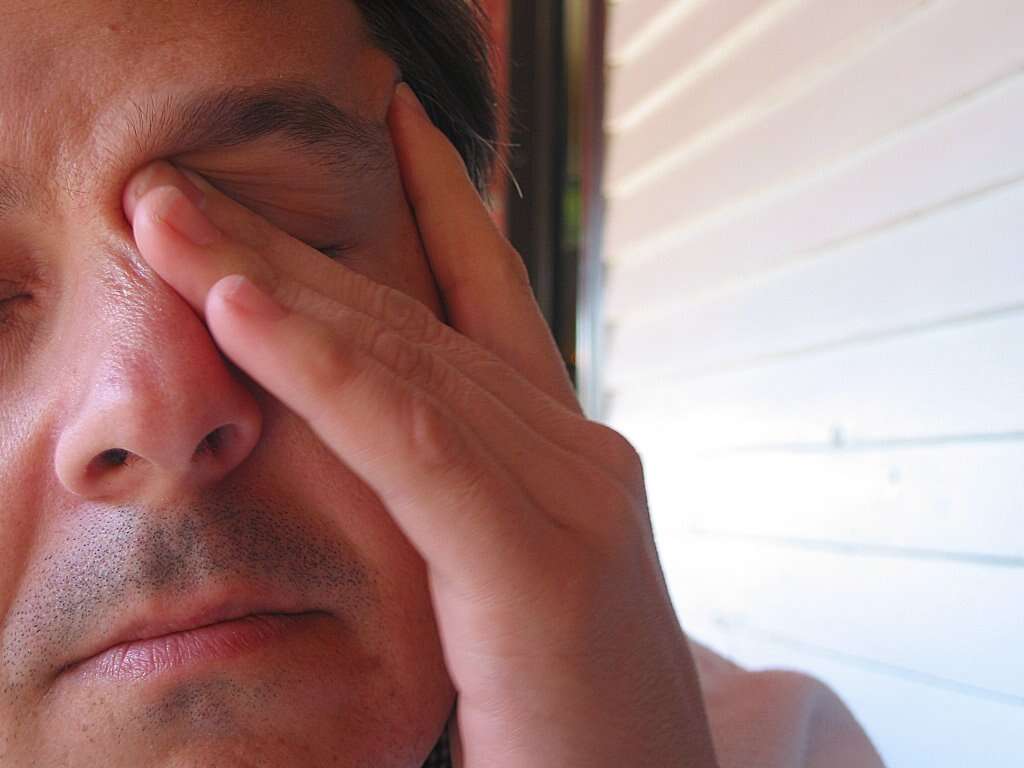
Symptom #4: Numbness
Numbness, tingling or pain in the fingers, hands and the toes are some of the early symptoms of diabetes. These signs arise due to the increased blood sugar levels, which slow down blood flow and thereby affect the nerves in the extremities.
At first, these signs are minor and occasional. However, as the condition worsens, they become more pronounced so that they are more intense and regular. Over time, the numbness, tingling and pain may spread to other areas including legs, arms and more of the nervous system. The numbness may also adversely affect movement. This progress of symptoms may take months or even years during which time, nerve damage continues, and may also involve wasting of muscles in the feet and hands.

Symptom #5: Headaches
While not all headaches are related to diabetes, glucose levels in your blood can be one reason for this symptom to appear. Both hypoglycemia (low glucose levels) and hyperglycemia (high glucose levels) can cause headaches.
Note that blood sugar level is raised by the food you eat which is transformed to sugar besides other nutrients. Once this glucose is absorbed into the bloodstream, it should get into cells where it can be metabolized into energy. Unfortunately, without insulin or in case of insulin resistance, the glucose has no means to enter the cells. The sugar will therefore remain within the bloodstream, resulting in hyperglycemia.

Symptom #6: Sexual Dysfunction
Diabetes interferes with the flow of blood in the body, and causes nerve damage. This affects the whole body, although it is worse in the extremities. It also affects the pelvic area. When the nerves to the sexual organs are damaged and blood supply is compromised, these organs cannot perform normally. It is worth to note that blood transports nutrients and oxygen to body organs and tissues. When organs and tissues get inadequate amounts of nutrients and oxygen, they cannot function properly.
Besides low energy, for women, the vagina may become too dry for sex, while men may find it hard to get or maintain an erection. If the diabetes remains untreated for long, it can lead to impotence in men.

Symptom #7: Bruises & Cuts That Won’t Heal
The poor flow of blood in the body means that many body tissues and organs are undernourished and weakened. This is the reason why easy bruising occurs. Bruising and any cuts or infections in a diabetic usually take long to heal. Remember that the body depends on the nutrients, including vitamin C, delivered through blood, to carry out tissue repair. And because blood flow is compromised when you have diabetes, the necessary nutrients don’t get to the injury or infection site on time and in adequate amounts to support healing.
In case you notice that you bruise easily or that any cuts or infections take long to heal, you might be having diabetes, hence the need to undergo a test.

Symptom #8: Unexplained Weight Changes
Diabetes can cause unexplained weight loss or weight gain even though you have not made any diet changes. These weight changes can be explained in two ways. As we have seen, in diabetes, glucose is unable to enter the cells. The body thus goes into survival mode. It starts burning the proteins that make up muscle tissue for energy. This leads to a serious drop in weight.
The body may also react in another way. The high amounts of glucose in blood may be converted into fat which is deposited in various parts of the body. This can cause an unexplained weight gain. If you experience any sudden weight gain or weight loss, you will do well to consult a doctor for diagnosis.

Symptom #9: Blurred Vision
Excess sugar in the bloodstream can damage the blood vessels in the eyes, including rupture. It may also elevate fluid pressure in the eyes. This interferes with the functioning of the retina and the optic nerve, responsible for transmitting images to the brain, causing blurred vision. High blood sugar can also cause other vision problems like retinopathy, cataracts, glaucoma and diabetic macular edema.
While vision damage may be rectified if addressed early, if the diabetes treatment does not commence soon, the eyes may be further, and permanently damaged. New blood vessels may grow inside the eyes, blocking out light and images from reaching the retina and the optic nerve in particular. This worsens the vision problem and may even lead to blindness.

Symptom #10: Yeast Infections
Studies2https://www.ncbi.nlm.nih.gov/pubmed/24012126,3https://www.ncbi.nlm.nih.gov/pubmed/24714993 have found that yeast infections are more common in people with diabetes. Yeats grow better when they have a good source of sugar. It is therefore possible that the higher levels of blood sugar in a person with diabetes create a more favourable environment for yeasts to thrive. Note that yeast infections are more common in women than men due to their anatomy. An overgrowth of yeasts leads to infections like Candida in the vaginal region.
Recurrent yeast infection is one more diabetes symptom. For this reason, if you get frequent yeast infections, you should consider going for a test to rule out diabetes.






